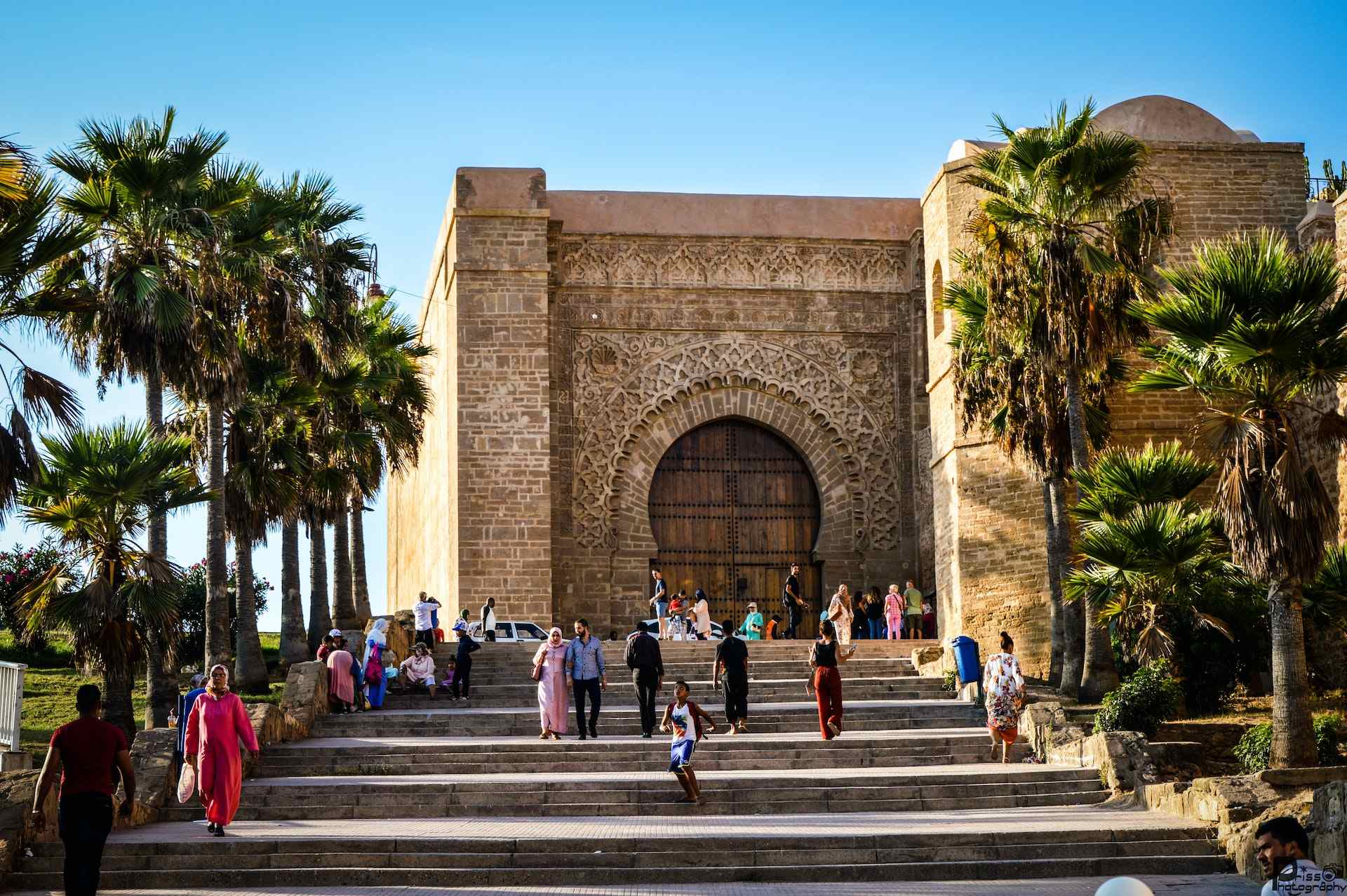Transportation in Quito is a complex and diverse topic that requires a comprehensive approach to understand the various options available for visitors and residents to get to and move around the city. Quito, the capital of Ecuador, is located in the Andean region of the country and is surrounded by major cities such as Guayaquil, Cuenca, and Ambato. To get to Quito from these cities, visitors can take a bus, a train, or a flight.
Buses are the most popular and affordable mode of transportation for getting to Quito from other cities in the country. The bus terminal “Terminal Terrestre Quitumbe” is located in the south of the city and offers regular services to and from major cities in Ecuador. The journey from Guayaquil to Quito takes around 7 hours and costs around $10.
Another option to get to Quito is by taking the train, which is operated by the company “Tren Ecuador”. The train journey from Quito to Latacunga takes around 2 hours and 30 minutes and costs around $5. However, this service is not as frequent as the bus service and the train schedule is subject to change.
For those who prefer a faster option, there are several flights from major cities in Ecuador that arrive at the Mariscal Sucre International Airport, located in the north of the city. The flight from Guayaquil to Quito takes around 1 hour and costs around $50.
Once in Quito, visitors have several options for moving around the city, including public buses, taxis, and cable cars. The public bus system in Quito is operated by the company “Metrobus”, which offers regular services throughout the city. A single bus fare costs around $0.25. Taxis are also widely available, and the cost of a taxi ride within the city ranges from $3 to $5.
Cable cars, also known as “telefériqos”, are a new and unique option for moving around Quito. The “TelefériQo” cable car takes visitors from the historic center of the city to the summit of Pichincha, which offers a spectacular view of the city. A round-trip ticket costs around $10.
In terms of ease, all the options for transportation in Quito are relatively easy to use and understand, but it’s important to note that the city is situated at an altitude of 2,800 meters, so visitors should be prepared for the altitude difference. The cost of transportation in Quito is relatively affordable, and safety is generally not a concern, however, as with any major city, it’s always best to be cautious and aware of one’s surroundings.
In conclusion, transportation in Quito is a diverse and complex topic that offers visitors and residents several options for getting to and moving around the city. Buses, trains, and flights are the main options for getting to Quito from other cities in the country, while public buses, taxis, and cable cars are the main options for moving around the city. The cost of transportation in Quito is relatively affordable, and safety is generally not a concern. However, visitors should be prepared for the altitude difference and always be cautious and aware of their surroundings.



